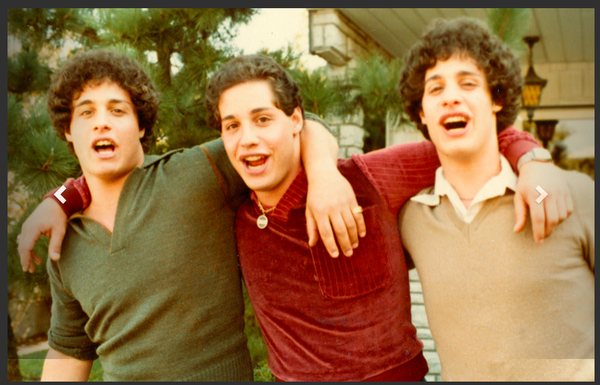Highlights
- Of the Americans acting as unpaid caregivers to other adults, 5.5 million (about 25%) are caring for a veteran or current member of the military. Post This
- To an even greater extent than their civilian counterparts, military caregivers face significant challenges in fulfilling their responsibilities. Post This
While the struggles of military veterans—poor access to health care as well as tragically high rates of suicide, unemployment, and homelessness—occasionally make the headlines, it's commonly been observed that most Americans give little thought to military members and veterans in day-to-day life. Seven in ten members of the general public and almost eight in ten veterans say civilians don't understand the problems military members face, and a shrinking percentage of Americans have a veteran or current member of the military in their immediate family.
If soldiers and veterans are largely invisible today, however, that story goes double for their family members and caregivers. When we hear the term "caregiver," we usually think of someone helping an aging parent or a disabled adult child. As RAND researchers Terri Tanielian and Rajeev Ramchand informed Congress in a May 2016 briefing, however, of the 22.6 million Americans acting as unpaid caregivers to other adults, 5.5 million (about 25%) are caring for a veteran or current member of the military.
To an even greater extent than their civilian counterparts, military caregivers face significant challenges in fulfilling their responsibilities.
Some are indeed helping out an aging parent who once served in the military, but 1.1 million are caring for someone who served after September 11—a group obviously much younger than, say, veterans of Vietnam. According to one RAND study, almost 30% of those post-9/11 caregivers are under age 30, and a third of them are spouses of the soldier or veteran they're supporting. Most of the other caregivers are either parents or unrelated friends. The duties of caregivers can vary quite a bit, from helping a service-member cope with PTSD to assisting a veteran with extensive physical injuries or disabilities in basic tasks like bathing and getting dressed. And of course, these difficult tasks come on top of "ordinary" military stresses like dealing with deployment and extended separation or reintegrating into civilian life after finishing service.
To an even greater extent than their civilian counterparts, military caregivers face significant challenges in fulfilling their responsibilities. More than half of all post-9/11 caregivers are in the labor force (most of them full-time), meaning they're juggling a job along with significant caregiving responsibilities, and more than half say they have no support network. One in three lacked health insurance as of 2013, and four in ten meet criteria for depression (vs. two in ten nonmilitary caregivers and one in ten members of the general public). Those providing more weekly hours of care are at an especially elevated risk of depression.
Despite the large number of government and nonprofit programs that aid veterans and their families through financial assistance, wellness activities, health education, and so on, no type of program is used by more than three in ten caregivers. Moreover, RAND finds, most programs are aimed at veterans, and they help caregivers only incidentally. The majority target recipients over the age of 60, leaving out post-9/11 veterans and their caregivers. These gaps in support could be addressed to a significant degree by legislation. Expanding government programs is always a hard sell, but helping military service members and their families cope with the aftermath of war should be something all Americans can support.















